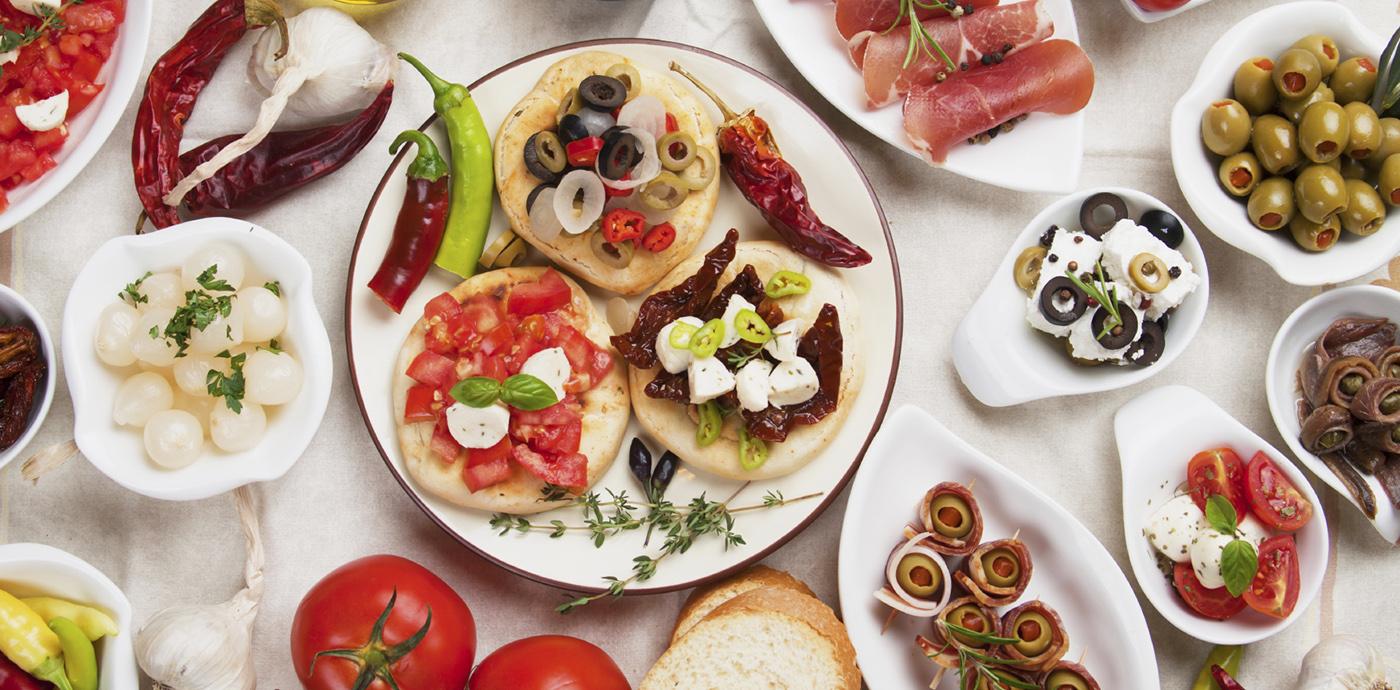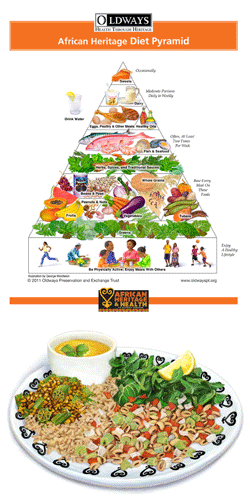Traditional diets are a delicious roadmap to healthy eating. Rather than relying on highly processed foods that are stripped of their nutrients, flavor, and even calories, traditional diets celebrate the abundance of earth’s offerings, highlighting seasonal and regional produce, hearty recipes, and the pleasures of the table.
Our ancestors have a lot to teach us about not letting fresh food go to waste, and how to eat seasonally. After all, they didn’t have a choice. Today, people are more disconnected with how food is grown and cooked than ever before. While many modern advances have saved lives and saved time, our distance from the kitchen has come at a cost. Excess salt, sugar, and solid fats added to foods have been linked with rising public health problems, and steadily increasing portion sizes and the changing social norms of snacking have distanced us from our bodies’ natural hunger and fullness cues.
Most people have a pretty good idea that fruits, vegetables, and whole grains are good for them. But figuring out what to do with these foods or how to eat them is where a lot of people get stuck. Luckily, the recipes, food pairings, and cultural traditions of these historic cuisines act as an enticing guide for how to work a variety of nutritious ingredients into one cohesive healthy lifestyle. By embracing traditional diets we can rediscover the joy in eating, without succumbing to deprivation or guilt that is associated with dieting today.
When we see the word “diet” we usually think of unpleasant rules that force us to give up all our favorite foods for a limited time, usually for weight loss. However, traditional diets – the “old ways” of eating – aren’t diets in that sense. Traditional diets are a delicious and pleasant way of enjoying healthy food for the rest of our lives.
Evidence for Traditional Diets
Studies repeatedly demonstrate the health benefits of traditional diets, and looking at nutrition from a more holistic perspective. The gold-standard Mediterranean diet is perhaps the most well known traditional eating pattern, but emerging research affirms that many of the most well-cherished traditional diets have something to teach us about health and nutrition.
While media headlines still debate the merits of one nutrition or eating pattern versus another, nutrition research and recommendations are edging towards a more food-based approach to healthy eating, with many recommendations rooted in tradition. In a 2015 article in the Annual Review of Nutrition, the researchers concluded that “overall dietary patterns emphasizing vegetables, fish, nuts, and whole versus processed grains form the basis of heart-healthy eating, and should supersede a focus on macronutrient composition.” In fact, even the 2015 Dietary Guidelines for Americans recommend a Mediterranean style diet as one of three healthy eating patterns.
What makes Traditional Diets different?
At first glance, a Mediterranean diet might seem vastly different than traditional Asian or African cooking, but in reality, these rich cuisines are much more alike than they are different. It is the current Western diet, with seemingly endless fast food, sodas, and highly processed snacks that is out of place!
While Mediterranean regions may favor fava beans and chickpeas, Southeast Asian nations may favor lentils, and Latin American cooking may show preference for black beans and pinto beans, we don’t debate over which bean is best for health. Rather, we learn from the fact that pulses (and other plant foods, like fruits, vegetables, and whole grains) are a staple of these nutritious diets, and should be a staple in our diets as well.
Once you learn more about the foundations of many of world’s most delicious cuisines, you’ll realize that you’re not just boxed in to one style of eating. With a few swaps in spices and ingredients, a grocery cart filled with vegetables, fruit, whole grains, and pulses can take on entirely new life, easily transforming from Mediterranean to African to Asian, and beyond.
Traditional diets also differ from the Western style of eating in that they emphasize the cultural aspects of eating, such as cooking meals at home, and enjoying food in the company of friends and family. Rather than succumbing to mindless eating, microwave meal plans, or munching in front of the television, embracing the community aspect of traditional diets can help cultivate wider support for a healthy, happy life.
How Pyramids help illustrate healthy Traditional Diets
Food pyramids are an extremely useful tool for depicting total diet at a glance. Done right – with colorful, enticing images of real foods – food pyramids show examples of what to eat over time (not just at this one meal!) and the relative proportion of each food group.
Pyramids, Plates and Real Food
At Oldways, we’re convinced that good dietary guidance has three important elements: pyramids, plates and real food.
Real food is most important. The theory of good nutrition makes people’s eyes glaze over, but a plateful of well-prepared healthy food rules the day. Not sure you like whole grains? Try my bulgur pilaf, and I’ll make a believer of you. Can’t stand the taste of bland, over-steamed vegetables? I’ll cook up the same veggies with a little olive oil, onion and herbs, and you’ll ask for seconds. If I can’t actually cook for you, I’ll show you pictures that will convince you to eat well.
Plates are important too. The well-balanced plate is more than just one dish. A healthy plate, heaped with vegetables, whole grains, and perhaps a little fish or some beans, stands in sharp contrast to the steak-house ads where red meat covers two-thirds of an oversize platter. We create “Plates of Expression” — showing real foods — to complement our Heritage Pyramids.
Still, there’s no substitute for a good pyramid when it comes to showing a balanced, total diet. Pyramids show the combination of all our meals over days or weeks, not just one plate, demonstrating a clear, long-term path to better health.
That’s why Oldways uses all three of these important elements:
- Pyramids, for the big picture
- Plates of Expression, for meal-by-meal ideas
- Real food, everywhere, to remind us that delicious and healthy go together


